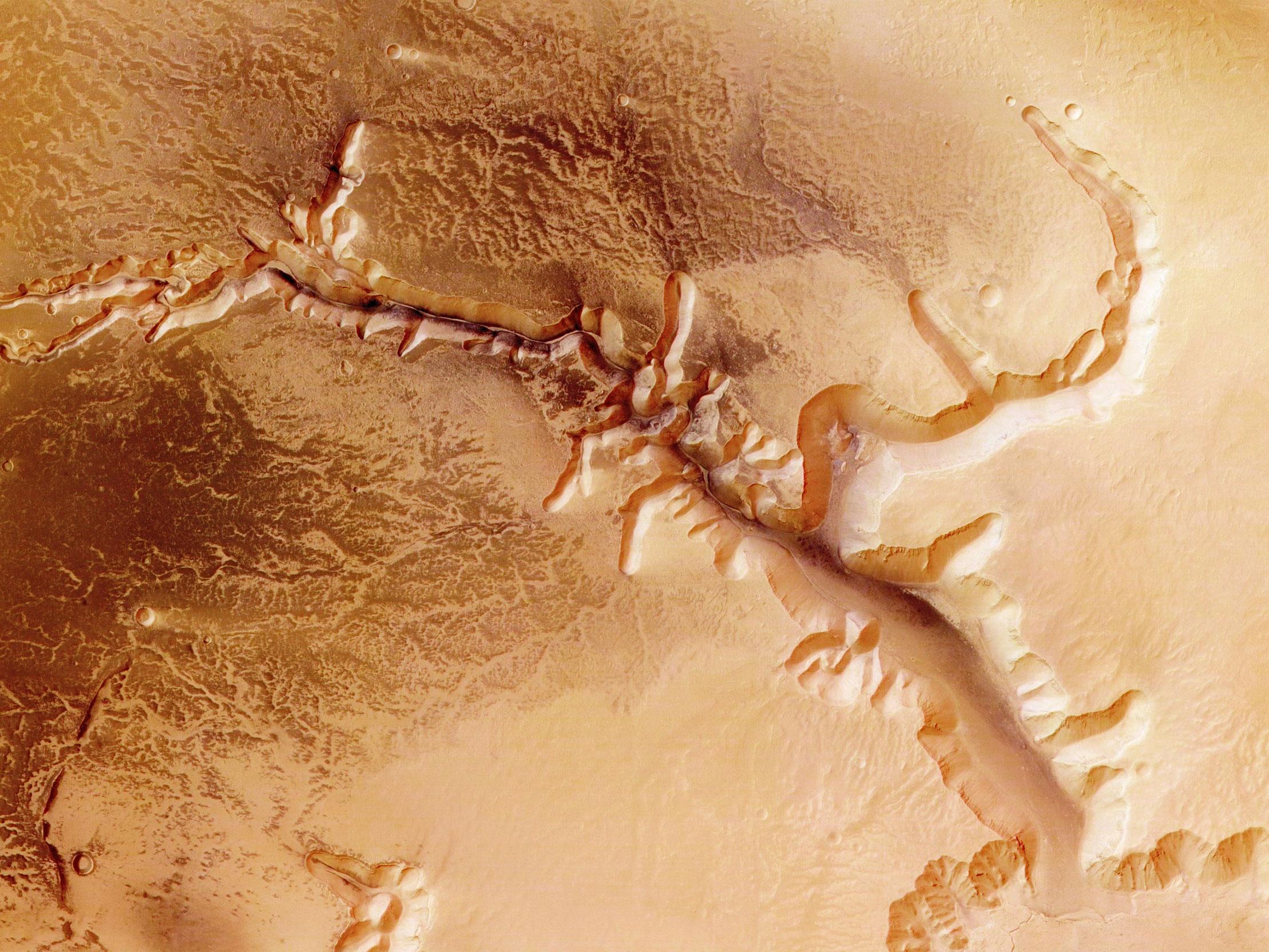Discovering life on Mars is less likely as researchers find toxic chemicals on its surface
'The surface of Mars is lethal to vegetative cells and renders much of the surface and near-surface regions uninhabitable'

A "toxic cocktail" of chemicals that can wipe out living organisms have been found on the surface of Mars, diminishing the prospects for life on the red planet, new research has found.
The absence of an Ozone layer means Mars is hit with high levels of Ultra Violet radiation.
Experiments by researchers at Edinburgh University have found that when this combined with compounds found in the Martian soil, they turned into potent bactericides, effectively sterilising the upper layers of the landscape.
Taking these compounds, Jennifer Wadsworth, a postgraduate astrobiologist at Edinburgh University, in partnership with astrobiologist Charles Cockell, combined them with Bacillus subtilis, a common Earth soil bacterium often found on space probes.
When mixed with an oxidant called magnesium perchlorate and exposed to UV radiation – similar to the light which surrounds the red planet – the living organisms were destroyed twice as fast.
Perchlorates have been on Nasa’s radar for a number of years and were first discovered by the Viking Lander missions 40 years ago. Their existence was confirmed by the Phoenix Lander spacecraft.
A second round of experiments looked at the effects of iron oxide and hydrogen peroxide, also found in Martial soil.
When the bacteria were hit with UV rays in the presence of perchlorates, iron oxide and peroxide, the bugs were killed 11 times faster than with perchlorates alone.
As a result inhospitable conditions on Mars are caused by a “toxic cocktail of oxidants, iron oxides, perchlorates and UV irradiation”, the researchers wrote in Scientific Reports journal.
“Our observations show that the surface of present-day Mars is highly deleterious to cells, caused by a toxic cocktail of oxidants, iron oxides, perchlorates and UV irradiation," they concluded.
It's life, but not as the scientists of Nasa know it
Show all 2“We should that bacteriocidal effects of UV-irradiated perchlorates provide yet further evidence that the surface of Mars is lethal to vegetative cells and renders much of the surface and near-surface regions uninhabitable."
They added: "The combined effects of at least three components of the Martian surface, activated by surface photochemistry, render the present-day surface more uninhabitable than previously thought," they added.
When mixed with certain oxidants and exposed to UV radiation – such as the light which surrounds the red planet – the living organisms were destroyed twice as fast than if the chemicals were absent.
Subscribe to Independent Premium to bookmark this article
Want to bookmark your favourite articles and stories to read or reference later? Start your Independent Premium subscription today.

Join our commenting forum
Join thought-provoking conversations, follow other Independent readers and see their replies